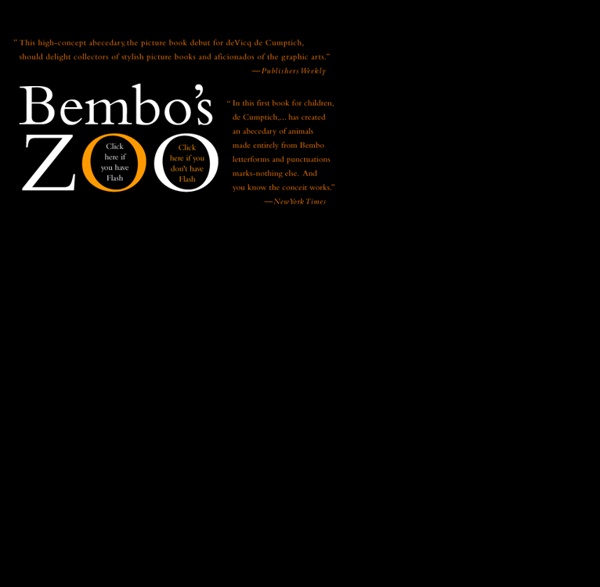



Design & Development: Inklude.com The Book Surgeon Using knives, tweezers and surgical tools, Brian Dettmer carves one page at a time. Nothing inside the out-of-date encyclopedias, medical journals, illustration books, or dictionaries is relocated or implanted, only removed. Dettmer manipulates the pages and spines to form the shape of his sculptures. He also folds, bends, rolls, and stacks multiple books to create completely original sculptural forms. "My work is a collaboration with the existing material and its past creators and the completed pieces expose new relationships of the book’s internal elements exactly where they have been since their original conception," he says. "The richness and depth of the book is universally respected yet often undiscovered as the monopoly of the form and relevance of the information fades over time. Dettmer is originally from Chicago, where he studied at Columbia College. Update: Read our exclusive interview with the Book Surgeon here. Brian Dettmer's website
Teacher Lesson Plans, Printables & Worksheets by Grade or Subject - TeacherVision.com Google Docs Bar - Companion for Firefox Queeky - draw online! Movies from an Alternate Universe Designer Peter Stults reimagines modern movies as if they were made in the past. Free Spelling Lists - KidsSpell.com - Free Spelling Resource For Kids Select An Appropriate Spelling Lesson Spelling lessons have been developed on the principal of line by line, step by step learning. Early lessons are shorter and consist of a variety of basic starter words. As the student progresses, both the difficulty of words presented as well as the length or number of words in each spelling list increases. Which spelling list is right for your student? Students should NOT be encouraged to work on spelling lists that are too difficult for them. Doing so will likely frustrate and discourage your student. Select a lesson from the list below. How do I know when I have found my students starting point? . Repetition is the key to your students spelling success Spelling words will first be committed to your students short-term memory.
Doodleacademy, un canal de vídeos para aprender a dibujar Dibujar es un arte que muchos llevan en la sangre desde que nacieron, aunque, como en la mayoría de los casos, requiere de entrenamiento constante para mantener los “motores en marcha” constantemente. Existen muchos canales en Youtube creados para ayudar a dibujar, aunque pocos me han llamado tanto la atención como éste que os presento hoy: Doodle Academy. Se trata de una colección constantemente actualizada de vídeos que nos ayudan a dibujar animales de todo tipo con un paso a paso que muchos agradecerán. Después de practicar bastante con los ejemplos mostrados en este canal, no es difícil animarse a improvisar y, quién sabe, comenzar un canal propio con nuestras creaciones.
Learning task 3: Reading texts / Dick King-Smith / English Units:Years 4-6 / Archived English Online units / Teaching & Learning sequences / Teacher needs / English Online / English - ESOL - Literacy Online website - English Read Happy Mouse Day Do happy_speech ( 13KB) and mouse_match ( 22KB) activities.Brainstorm to accumulate ideas about settings, plot, characters and events.Using the same picture students create their own narrative. Read Mrs Jollipop Make new jollipop_signs ( 10KB) for Mrs Jolly to use in the city. Read Omnibomulator Sequence the pictures and write the omni_caption (RTF 645KB) .Make a Character Self Portrait for Omnibomulator. Read The Guard Dog Draw the character to fit the descriptions below. Close reading activities Select any three books by Dick King-Smith.